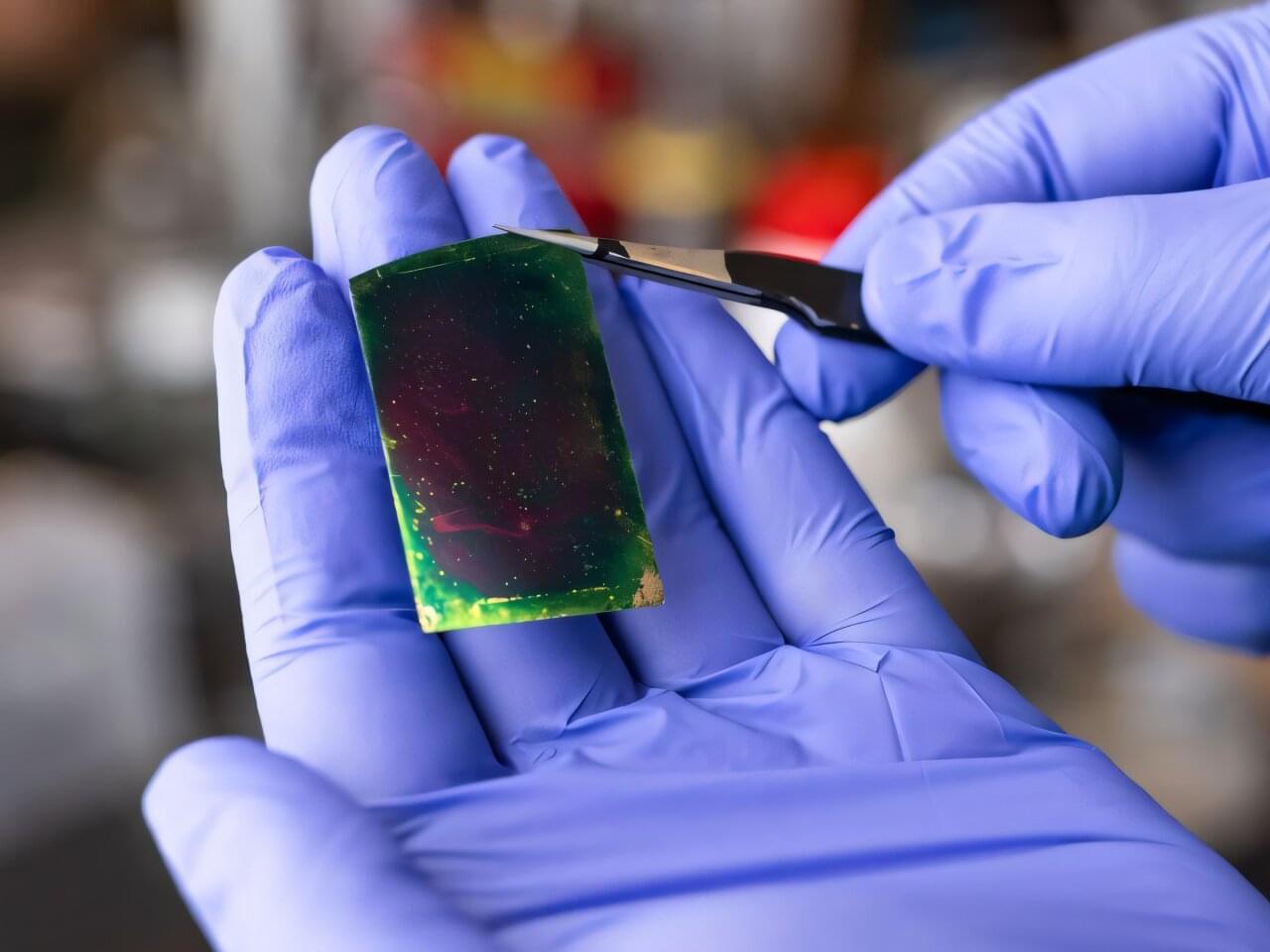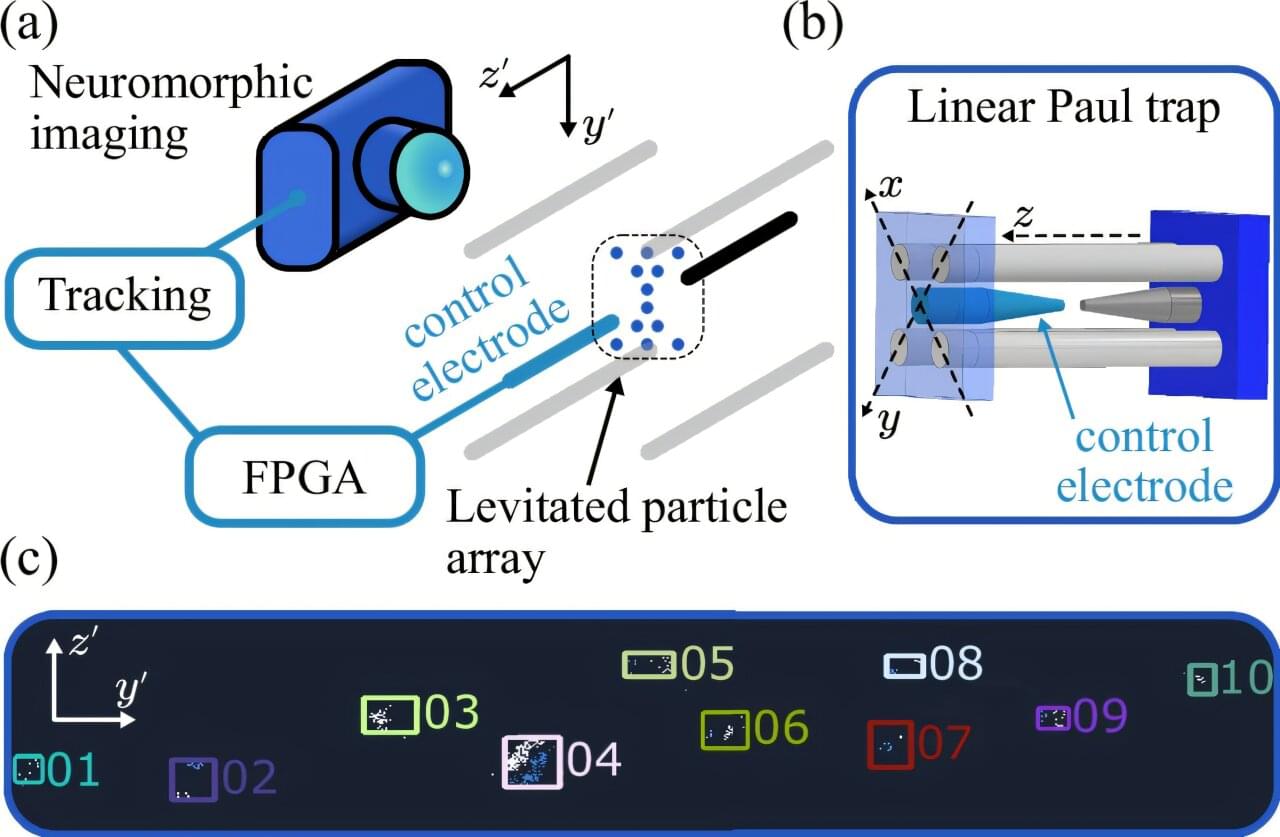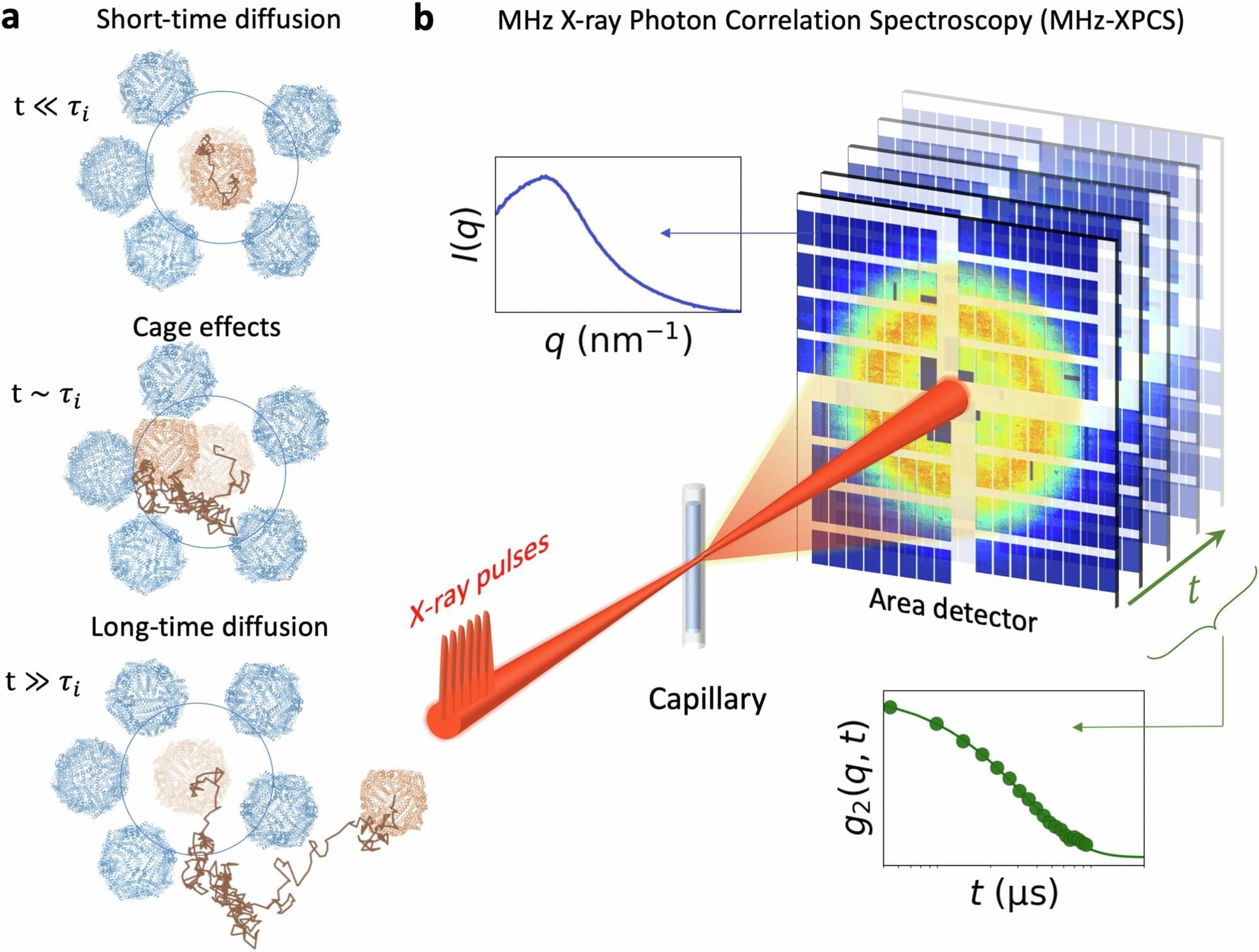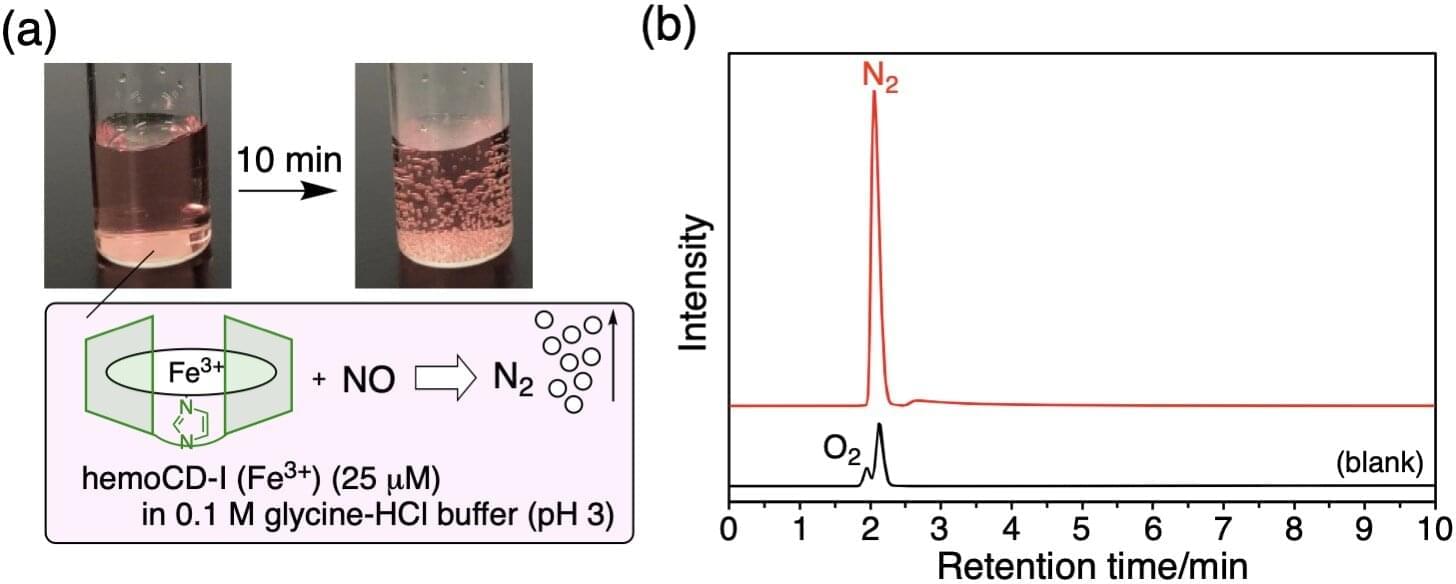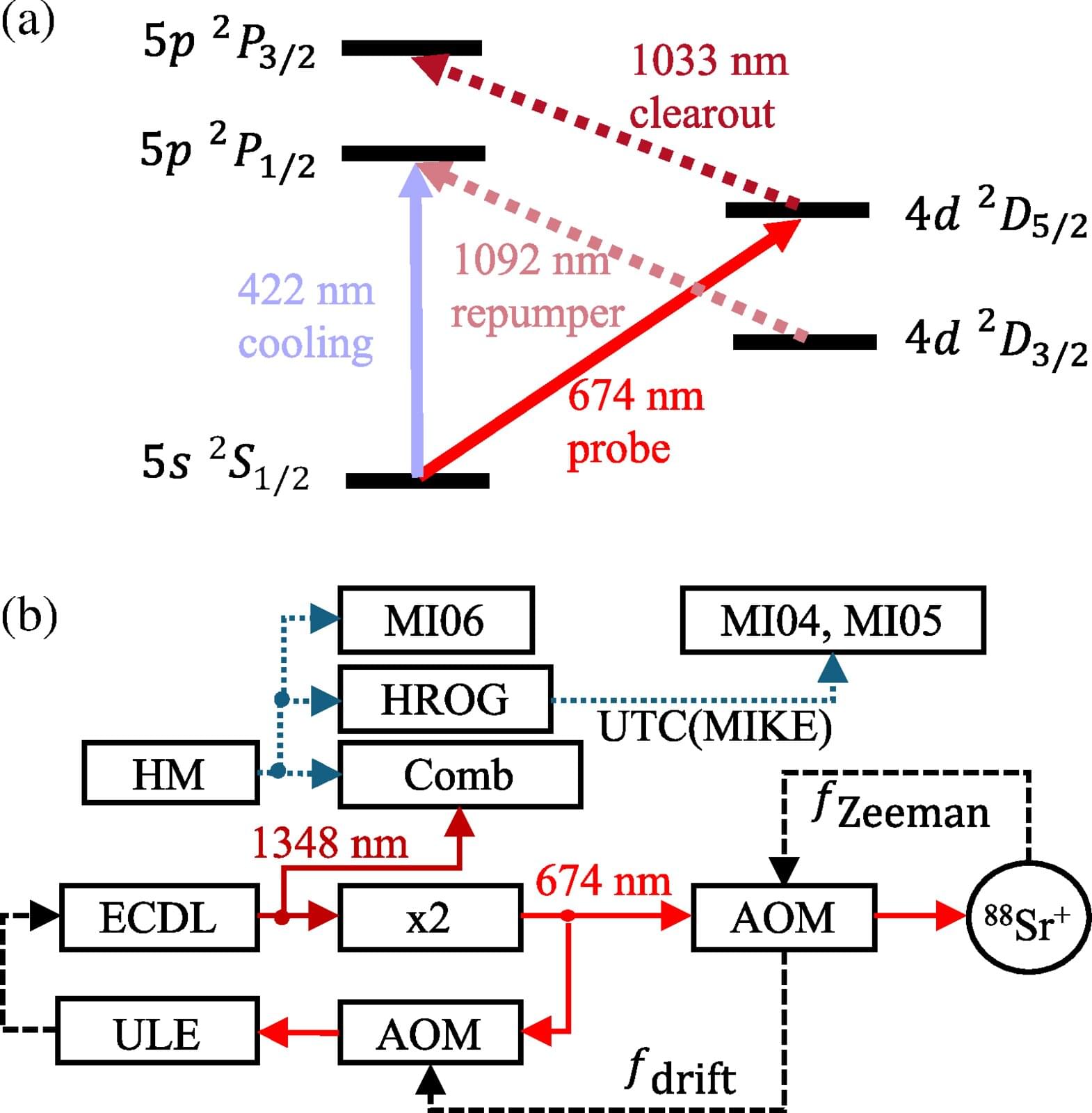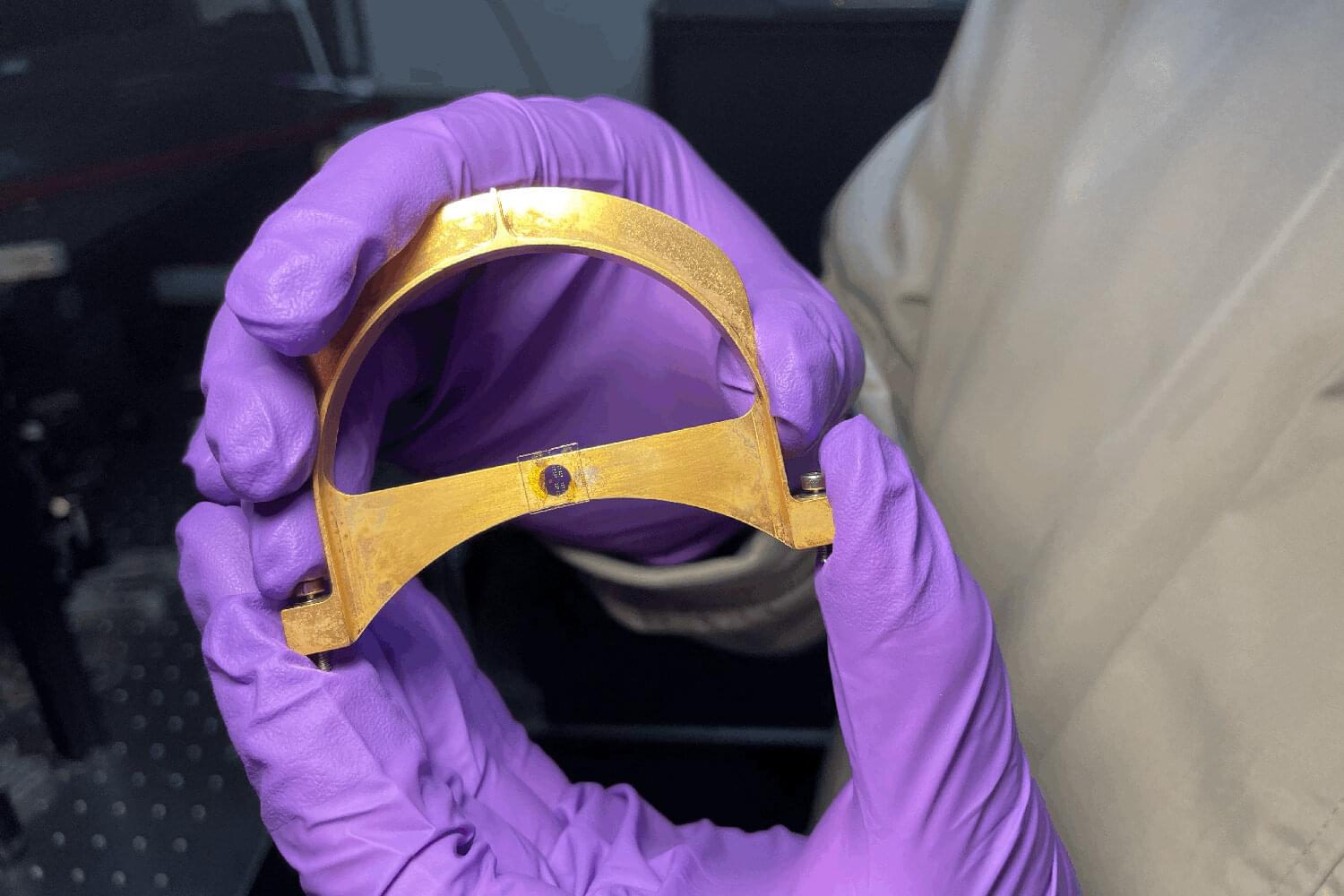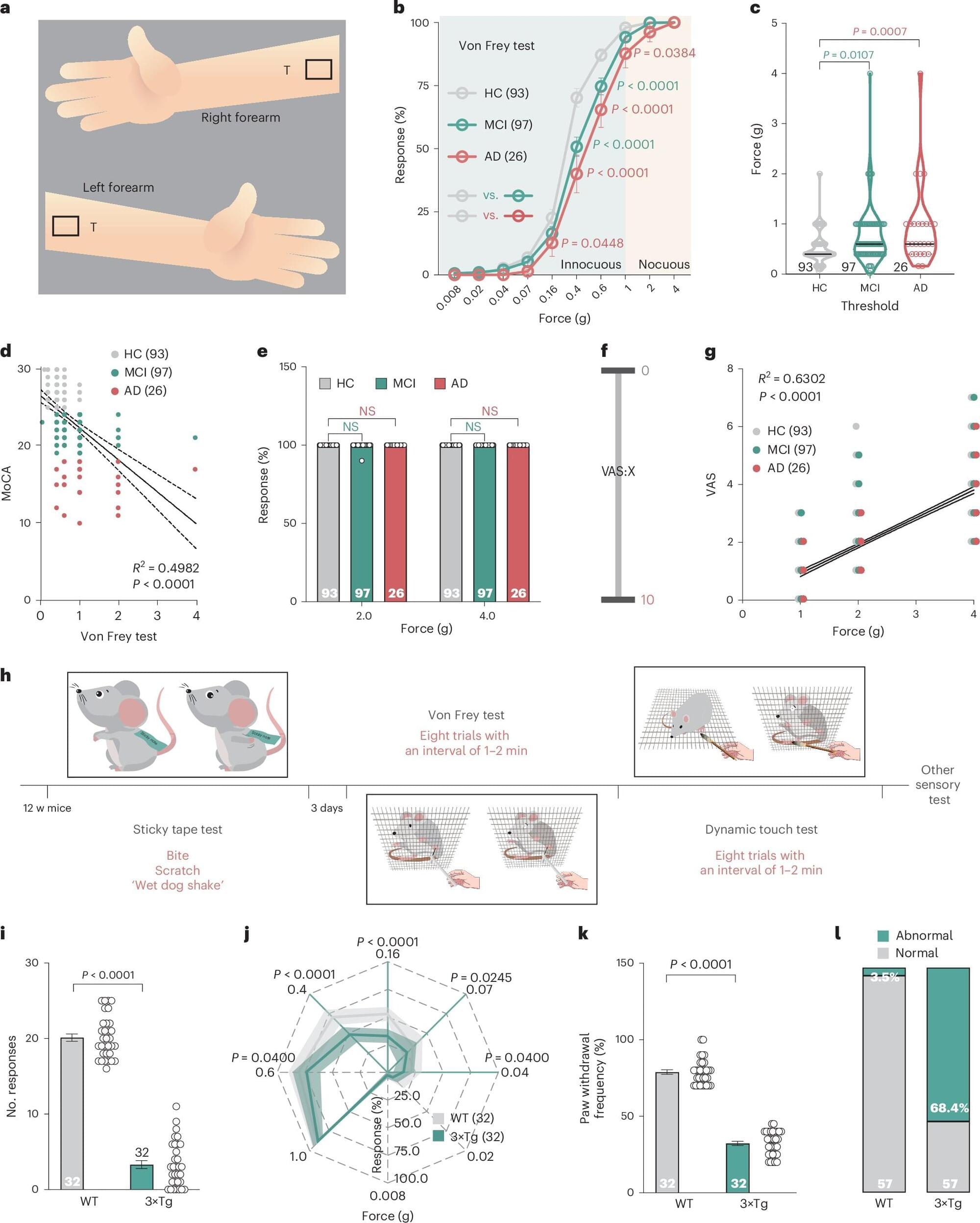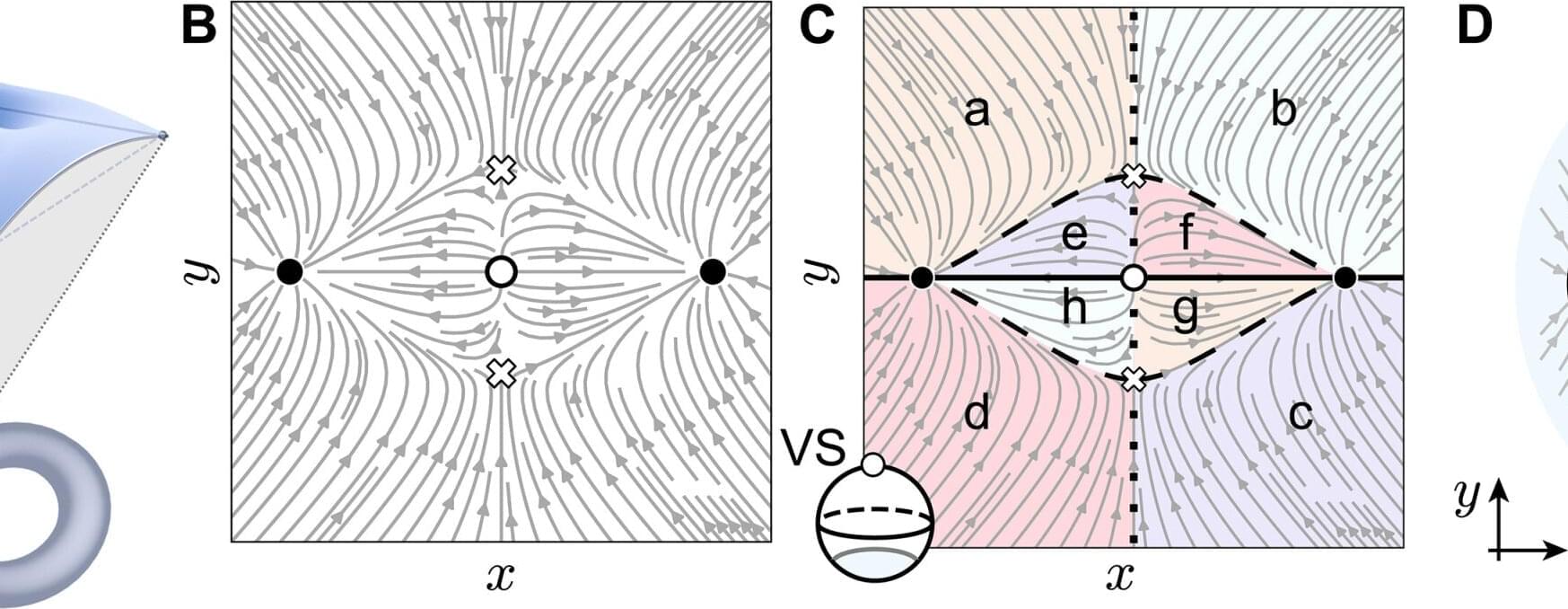Americans who grow up in historically violent states may move to a safer state, but they remain far more likely to die violently, according to new research co-authored at the University of California, Berkeley.
In effect, the research finds, people who migrate from states with a strong “culture of honor” bring with them a don’t-back-down defensiveness learned in their home communities. That makes them more likely to die by violence wherever they are, says the study led by UC Berkeley political scientist Gabriel Lenz, a specialist in crime and criminal justice.
The study, “Migration and the Persistence of Violence,” was published today in Proceedings of the National Academy of Sciences. Lenz’s co-authors were Martin Vinæs Larsen, an associate professor of political science at Aarhus University in Denmark, and Anna Mikkelborg, a Berkeley Ph.D. graduate and now an assistant professor of political science at Colorado State University.

